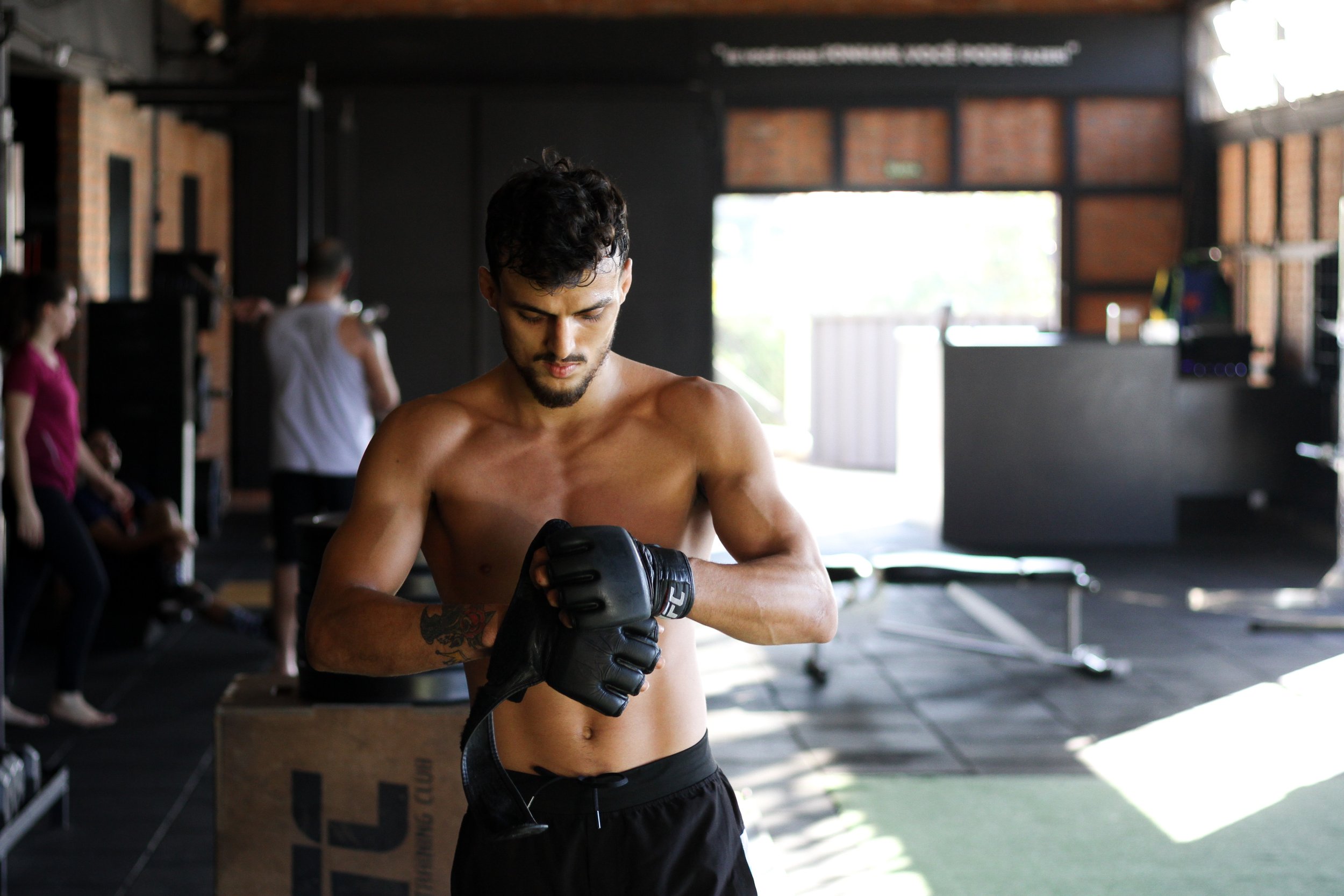Progression
Developed over 20+ years of martial arts experience and refined to suit the modern martial artist, we’ve combined our knowledge of traditional systems and tried-and-true training methods that are centuries old, with modern sports science, to produce effective training programs that hone in on efficiency and high performance.
All of our martial arts and fitness programs follow the progression model below.
Learning Philosophy
Martial arts, at the purest and highest level of the art form, is simply finding the most effective, efficient, and direct way of expressing oneself through combat.
An effective system combines both art and science together to produce consistent progress and results.
Our systems focus on philosophy, drills, skill development, and live training through the Four Main Stages of Learning (levels of competence):
-
The individual does not understand or know how to do something and does not necessarily recognize the deficit. They may deny the usefulness of the skill. The individual must recognize their own incompetence, and the value of the new skill, before moving on to the next stage. The length of time an individual spends in this stage depends on the strength of the stimulus to learn.
Principles, Theories, Concepts
Fundamentals, Stances, Footwork
Understanding of Body Mechanics
-
Though the individual does not understand or know how to do something, they recognize the deficit, as well as the value of a new skill in addressing the deficit. The making of mistakes can be integral to the learning process at this stage.
Technique, Skill Development
Understanding Control, Distance, Timing, Coordination
Drilling and Application of Techniques
Controlled, Light Sparring
-
The individual understands or knows how to do something. However, demonstrating the skill or knowledge requires concentration. It may be broken down into steps, and there is heavy conscious involvement in executing the new skill.
Speed Training
Power Training
Body Conditioning
Situational, “Alive” Drilling
Full Contact Sparring
-
The individual has had so much practice with a skill that it has become "second nature" and can be performed easily. As a result, the skill can be performed while executing another task. The individual may be able to teach it to others, depending upon how and when it was learned.
Fight Strategy
Fight Intelligence (IQ)
Creating your own fight philosophy (game)
Putting skills together to form a cohesive profile
Being able to teach the art you know to others


